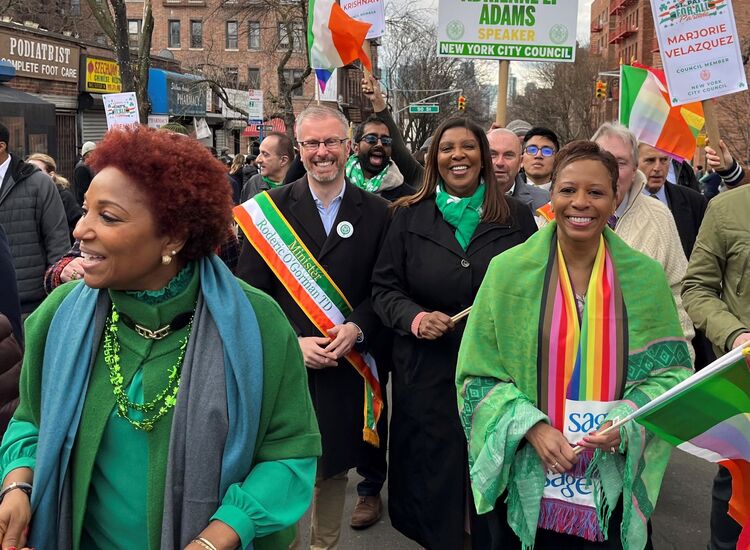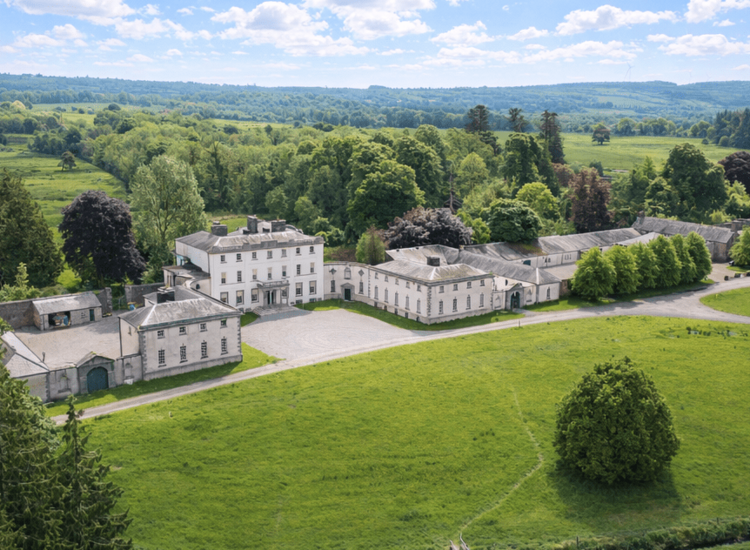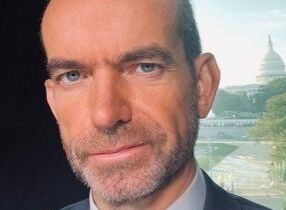Michael Harrington
By Ray O’Hanlon
The New York Fenian Memorial Committee of America is meeting Saturday in Manhattan with the aim of advancing its plans to erect memorials to two of the Catalpa Six, Michael Harrington and Thomas Hassett.
The meeting is set for Saturday, February 22, at O’Lunney’s Pub and Restaurant, 145 West 45th Street. The starting time is 2 p.m.
“If we are to accomplish the task of erecting memorials to the two Cork Fenians who escaped on the Catalpa we need participation and support in the New York metropolitan area. Please attend this meeting, so we can map out our strategy,” said organizer George McLaughlin in an email message to supporters.
McLaughlin has been on a mission for some years working to memorialize Fenians who are interred around the United States.
Along with his fellow committee members he has ensured the placing of markers and tombstones at the graves of four of the Catalpa Six as well as Father Patrick McCabe of Gowna, County Cavan. McCabe is buried in St. Mary’s Cemetery, outside Waseca, Minnesota and a marker was placed on his grave in May of last year.
Harrington and Hassett are the two remaining Catalpa men in need of memorials. They rest in Calvary Cemetery, Queens.
Together with Harrington and Hassett the other members of the rescued six were James Wilson, Robert Cranston, Thomas Darragh and Martin Hogan.
The Catalpa, a whaling ship, sailed from New Bedford, Massachusetts with the intent of rescuing a small group of Fenians who had been sentenced to a life of penal servitude in the infamous Fremantle prison in Western Australia, this for offenses considered treason against the crown, which of course were acts of patriotism in Ireland’s name.
The mission was organized by John Devoy with funding from a variety of Irish American organizations.
The six men - also referred to as the Fremantle Six - were rescued and brought to America in what was a sensational example of planning, fortitude, and simple good luck.
As George McLaughlin recounts: “On April 17, 1876 the rescuers rowed to shore to collect the six waiting Irish convicts who had left their posts while working outside the secured area. Their Irish-American rescuers were waiting with wagons and weapons. But like all good rescue dramas, complications clouded their flight. When the freed prisoners began to row back to the Catalpa a sudden unexpected storm meant they could not reach the ship for another day, by which time the alarm had been raised and British police ships were launched.
“The British commandeered a gunboat, the Georgette, which they pulled alongside the Catalpa, demanding that the prisoners be handed over. Captain Anthony, the ship’s celebrated American captain, defiantly refused to comply and raised the American flag, warning his pursuers that the Catalpa was in international waters and could not be boarded.
“If they fired on the Catalpa, they would be firing on the United States. This parry enraged the Georgette’s British captain, who reluctantly conceded.
“Eventually the Georgette was forced to give up the chase, although all on board were convinced they had seen the missing men. As John Devoy predicted, the Catalpa rescue bolstered Irish morale across the globe and spurred the fight for Irish independence. None of the Catalpa Six ever returned to Ireland. All remained in America until their deaths, including the two old comrades, James McNally Wilson, who lived out his life in Central Falls and Pawtucket, Rhode Island, where he is buried, and Martin Hogan, who spent the remainder of his life in Chicago.”
A gravestone was placed on Hogan’s resting place in 2015.
Darragh and Cranston are buried in Philadelphia. Both graves were restored with new headstones placed on them by the memorial committee in 2017.








